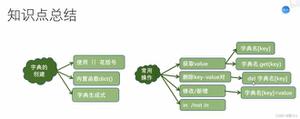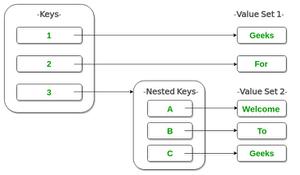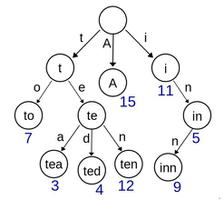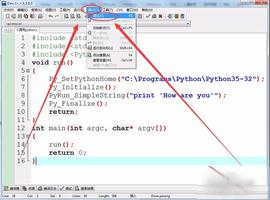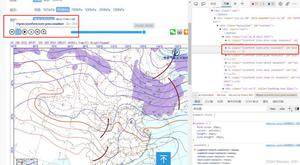python图自身遍历及弱引用使用

在【python 标准库】中看到的一段代码,非常有帮助:
def all_nodes(self):yield self
n = self.other
while n and n.name != self.name:
yield n
n = n.other
if n is self:
yield n
return
首尾的2处yield均只返回一次,作为循环图的起点、终点,而n作为图可能的节点,每次在next调用中均返回next节点
利用这个迭代器,就可以轻松打印出图的结构:
def __str__(self):
return '->'.join((n.name for n in self.all_nodes()))
Graph:
one->two->three->one
实现一个图结构需要利用python里面的弱引用,
我们先看一下标准的向图结构中增加下一节点的代码:
def set_next(self, other):
print '%s.next %r' % ( self.name, other)
self.other = other
这样绑定后,在属性字段中,增加一个对于下一节点的引用
c.__dict__
{'other': <Graph at 0xb7507e4c name=2>, 'name': '1'}
所以,即使手动调用了 a = None, b = None, c = None,对象也不会被删除
Garbage:[<Graph at 0xb739856c name=one>,
<Graph at 0xb739866c name=two>,
<Graph at 0xb739868c name=three>,
{'name': 'one', 'other': <Graph at 0xb739866c name=two>},
{'name': 'two', 'other': <Graph at 0xb739868c name=three>},
{'name': 'three', 'other': <Graph at 0xb739856c name=one>}]
而弱引用是指“引用一个对象,但并不增加被引用对象的指针计数”
可以通过c = weekref.ref(k,func)
来指定引用的对象及对象删除后的动作func
调用时,使用c() 来引用k
但是在上个例子里面,我们需要一个“代理对象”来代理这个被引用的对象,从而使set_next 函数对于变量other可以同正常变量一样使用
def set_next(self, other):if other is not None:
if self in other.all_nodes():
other = weakref.proxy(other)
super(WeakGraph, self).set_next(other)
return
从而避免了通过other()来引用一个other对象~
以上是 python图自身遍历及弱引用使用 的全部内容, 来源链接: utcz.com/z/522093.html

